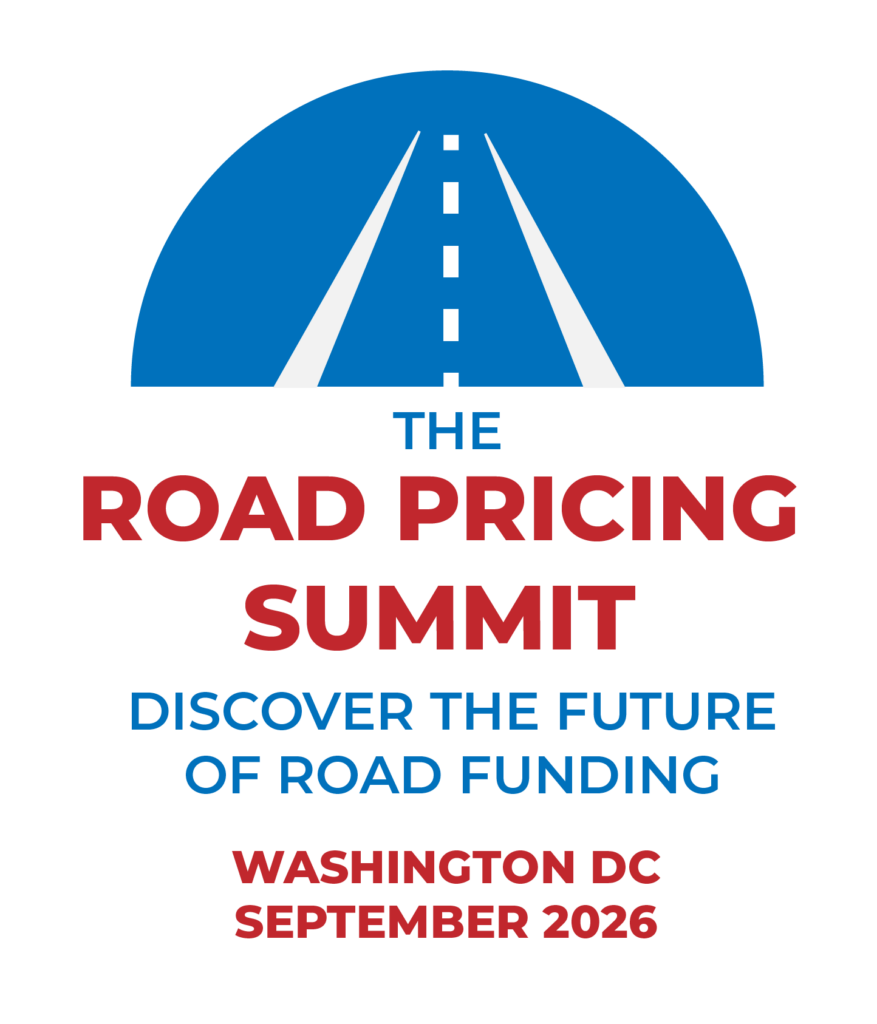With entries for the CiTTi Awards 2025 now open, City Transport & Traffic Innovation Magazine (CiTTi Magazine) has launched an exclusive series of Q&A interviews with the expert panel of judges responsible for assessing this year’s submissions.
In the weeks ahead, the magazine will shine a spotlight on each of the judges – a diverse group of leading professionals drawn from across the sustainable urban mobility and transport technology sectors – to explore their backgrounds, industry perspectives and what they’ll be looking for in an award-winning entry.
From public sector figures to academic and technical specialists, this year’s judging panel represents a broad spectrum of knowledge, insight and experience – all of which will help identify the most innovative, impactful and forward-thinking projects, products and people shaping the future of city transport and traffic innovation.
One of the judges taking part in the 2025 edition is Liam Henderson, Chair at the Rail Innovation Group.
With more than 20 years experience dedicated to advancing rail, future mobility, and transport policy development.
His expertise spans a diverse range of projects, from shaping national transport strategies and infrastructure upgrades to contributing to international initiatives on sustainable urban mobility and event readiness.
Additionally, he has led the development of innovative transport data systems, enabling personalised mobility and improved decision-making.
A recognised thought leader, Henderson shares his vision for data-driven, future-ready transport at global forums, emphasising the need for sustainable practices, digital transformation, and user-centred design in shaping tomorrow’s mobility landscapes.
Speaking to CiTTi Magazine, Henderson was keen to delve into new projects, dissecting how and why each is seeking to change the rail sector.

Name: Liam Henderson
Job title: Chair
Organisation: Rail Innovation Group
How does your professional expertise align with the CiTTi Awards’ mission to recognise and celebrate innovation in urban mobility?
My work sits at the intersection of technology, planning, and delivery – supporting small digital suppliers in the rail industry and helping larger organisations engage with innovation meaningfully. As chair of the Rail Innovation Group, I’ve seen first-hand how smart thinking, often from newer entrants to the sector, can reshape traditional systems when given the right platform. I value initiatives that don’t just chase novelty, but embed innovation in ways that make journeys more sustainable, inclusive, and intuitive for the people using them.
What emerging trends or technologies in urban mobility and transport are you most excited about, and how do you expect them to be reflected in this year’s submissions?
I’m particularly interested in the growth of data-as-infrastructure: how better use of real-time information, open standards, and predictive insights can drive system-level improvements. I’m also watching how automation is moving beyond vehicles to influence service orchestration and how cutting edge tech might soon assist passengers in personalising travel or resolving disruption dynamically. I expect to see more submissions that reflect these trends, not just as technology deployments, but as enablers of better decision-making, accessibility, and integration.
As a judge, what insights do you hope to gain from reviewing the submissions, and how might this experience shape your perspective or influence your work in the sector?
I’m looking forward to seeing what’s actually being delivered. Reviewing these submissions offers a window into which ideas are gaining traction, and why. I’ll be especially interested in projects that show user-centred thinking, and that have taken account of operational realities.
In your opinion, how do the CiTTi Awards contribute to driving meaningful progress and innovation in urban mobility, and why is industry recognition so important?
Recognition validates risk-taking and it encourages collaboration by showing what’s possible. In a sector like transport, where infrastructure is long-term but user needs are immediate, celebrating good practice helps set benchmarks that others can follow.
Can you share an example of an innovation or initiative that has significantly impacted urban mobility?
Open data programmes remain a foundational example because they frame data as public infrastructure enabling third parties to improve journey planning and accessibility tools, and show how public transport authorities can lead without owning every part of the user interface. They change the expectation of what information should be available to the public, raising the bar for cities and transport modes.
What advice would you give to companies and organisations looking to submit an award-winning entry?
Focus on what changed, not just what was launched. Clear evidence of impact – on people, operations, or policy. If you can explain how your project solves a real-world problem, why it succeeded where others haven’t, and what others can learn from it, you’re on the right track.
Achievements and innovations in urban mobility will be recognised and celebrated at the fourth annual CiTTi Awards on 25 November 2025 at De Vere Grand Connaught Rooms in London. Visit www.cittiawards.co.uk to learn more about this unmissable event for the UK’s transportation sector!





